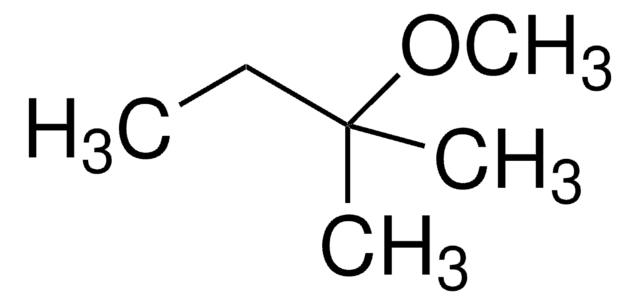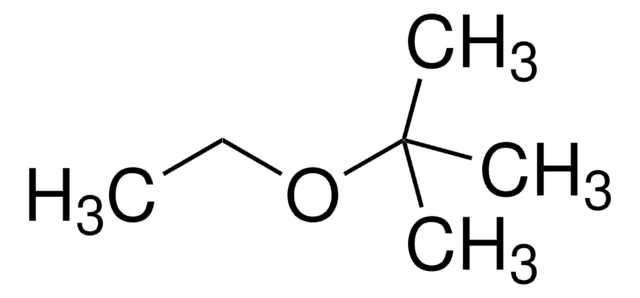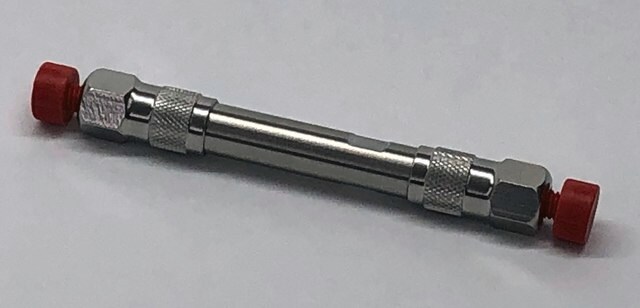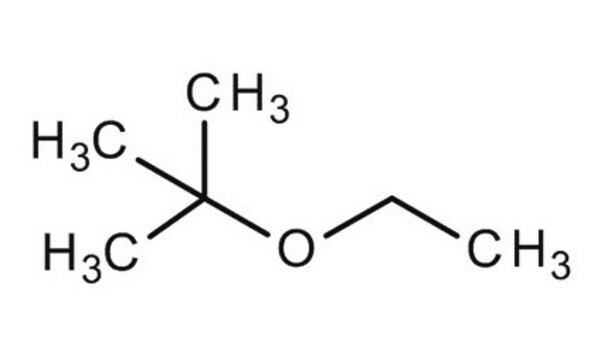Kluczowe dokumenty
442794
tert-Amyl methyl ether
analytical standard
Synonim(y):
1,1-Dimethylpropyl methyl ether, Methyl 2-methyl-2-butyl ether, Methyl tert-pentyl ether, TAME
About This Item
Polecane produkty
klasa czystości
analytical standard
Poziom jakości
Certyfikat analizy
current certificate can be downloaded
opakowanie
ampule of 1000 mg
metody
HPLC: suitable
gas chromatography (GC): suitable
współczynnik refrakcji
n20/D 1.389 (lit.)
n20/D 1.3896
bp
85-86 °C (lit.)
gęstość
0.76-0.78 g/mL at 25 °C (lit.)
Zastosowanie
environmental
Format
neat
temp. przechowywania
2-30°C
ciąg SMILES
CCC(C)(C)OC
InChI
1S/C6H14O/c1-5-6(2,3)7-4/h5H2,1-4H3
Klucz InChI
HVZJRWJGKQPSFL-UHFFFAOYSA-N
Szukasz podobnych produktów? Odwiedź Przewodnik dotyczący porównywania produktów
Powiązane kategorie
Opis ogólny
Zastosowanie
Hasło ostrzegawcze
Danger
Zwroty wskazujące rodzaj zagrożenia
Zwroty wskazujące środki ostrożności
Klasyfikacja zagrożeń
Acute Tox. 4 Oral - Flam. Liq. 2 - STOT SE 3
Organy docelowe
Central nervous system
Kod klasy składowania
3 - Flammable liquids
Klasa zagrożenia wodnego (WGK)
WGK 1
Temperatura zapłonu (°F)
19.4 °F - closed cup
Temperatura zapłonu (°C)
-7 °C - closed cup
Środki ochrony indywidualnej
Faceshields, Gloves, Goggles, type ABEK (EN14387) respirator filter
Wybierz jedną z najnowszych wersji:
Masz już ten produkt?
Dokumenty związane z niedawno zakupionymi produktami zostały zamieszczone w Bibliotece dokumentów.
Global Trade Item Number
| SKU | GTIN |
|---|---|
| 442794 | 4061836952464 |
Nasz zespół naukowców ma doświadczenie we wszystkich obszarach badań, w tym w naukach przyrodniczych, materiałoznawstwie, syntezie chemicznej, chromatografii, analityce i wielu innych dziedzinach.
Skontaktuj się z zespołem ds. pomocy technicznej








